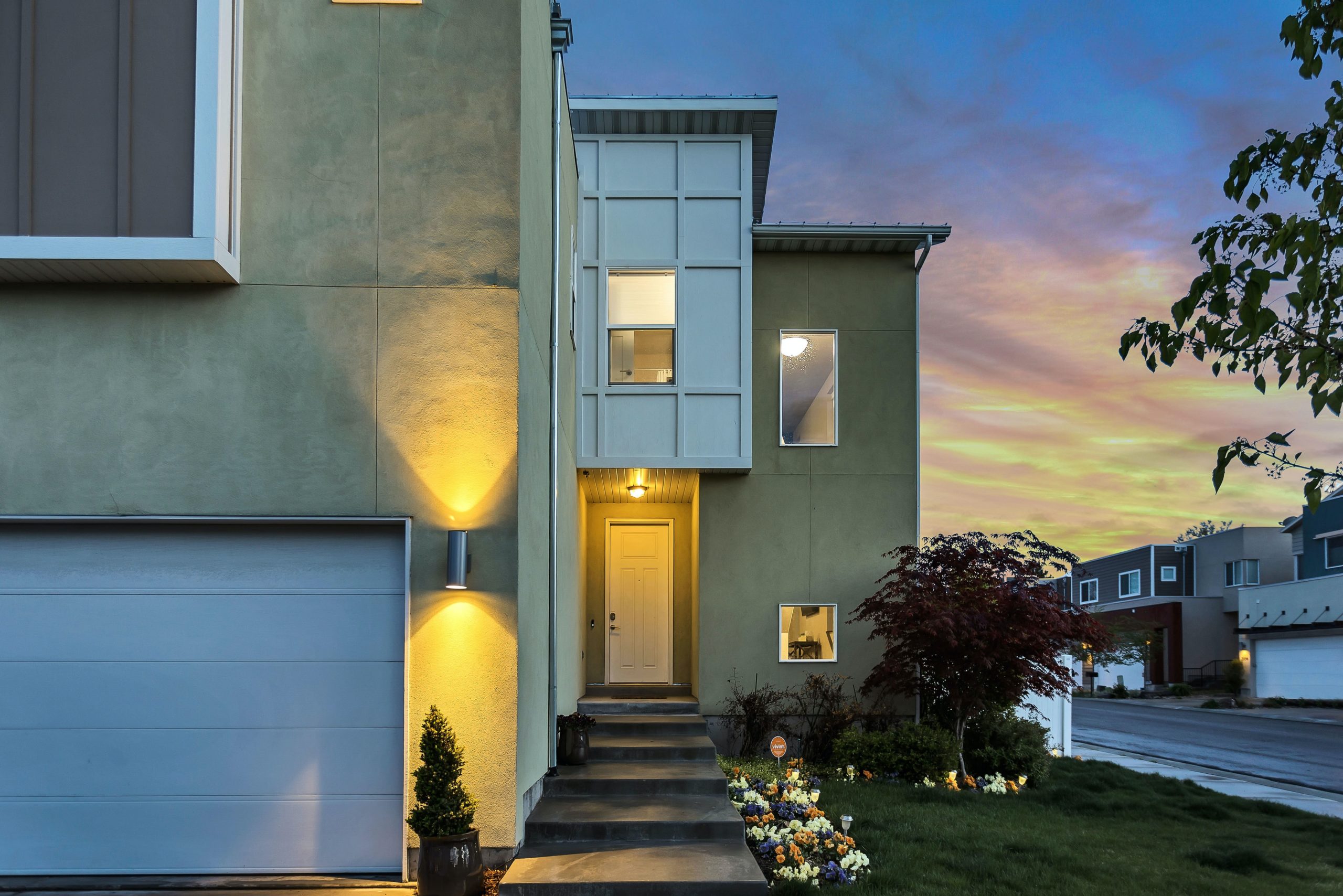by Anabelle Lapp
At the 2015 Paris Climate Accords, an international treaty that works to mitigate global warming, leaders agreed on an objective to reach net-zero carbon emissions by 2050. This ambition aims to keep global temperatures from rising more than 1.5° C. Succeeding will require rapid action since surface temperatures have spiked around 1° C within the last century. The world has a lot of work to do before zero carbon emissions can be a reality, but 25 major world cities have already committed to taking steps to attain a carbon-neutral status by 2050. Their methods can be a prototype for households, which also have a prominent role in this project.
Households are responsible for 17 to 21% of global carbon emissions. These emissions primarily stem from the heat employed to warm houses. Electricity for electronics, as well as fuel for cooking and heating water, are also significant contributors. Over the next few decades, homeowners will have to adapt to meet carbon-free standards, but these adjustments generally make homes more comfortable and cheaper to maintain. To speed up progress, modern climate initiatives focus on using our knowledge rather than finding new approaches. The encouraging news for homeowners is that so much knowledge about home adjustments has already been discovered!
The first step in reducing a home’s carbon use is to decrease energy consumption. In colder climates, unconventional heat sources, such as sunlight and body heat, can stay trapped inside a home if well-insulated. Positioning a house to capture the most sunlight throughout the day during the winter months can reduce the need for unsustainable heat sources. Using shutters, hanging shades and placing trees by windows in the summer months are all energy-efficient options to minimize the need for air conditioning. A well-insulated home must be mostly air-tight to retain its warmth, but an effective ventilation system is essential to circulate fresh air in the warmer months. The Passivhaus Institut in Germany has proposed and propagated the leading building standards encompassing energy consumption reduction. Their “passive house” designs have decreased the need for space heating by 75% and reduced fuel bills by more than 90% compared to a standard new home. Brussels has required that new homes and buildings use the passive house design since 2015.
Once a home is made as energy-efficient as possible, a homeowner can bring in renewable energy, which has a reputation for being extremely expensive and inaccessible. While this may be true in some cases, renewable energy is more affordable for families that require less energy than an average home. For example, heat pumps that run with renewable energy consume one-fourth the amount of energy as a gas boiler. Solar panels are also one of many viable forms of renewable energy to power a heat pump.
It is also wise to consider the materials used to build a home. Cement, iron and steel are carbon-demanding materials to create and transport. Timber is a more energy-efficient option because it eliminates the need for cement and metal production. Like trees, timber can reduce the amount of carbon in the atmosphere. Hemp, cork, bamboo and straw bales can also capture carbon before they contribute to global warming.
Building with metals and cement from old buildings is another great option, as it doesn’t produce any new materials. Rather than destroying buildings, deconstructing them carefully and reusing their raw materials is a wonderful way to recycle on a larger scale. Experts predict that around 50% of the buildings people use today will still be in use in 2050. Therefore, carbon-free standards should also address retrofitting to reduce carbon emissions.
In the coming years, homeowners, like most other humans contributing to rising earth surface temperatures, will face the challenge of attaining net-zero carbon emissions. Luckily, many models exist to provide inspiration and instruction on decreasing one’s carbon footprint. Ultimately, carbon-free standards should make homes comfier, more cost-effective and more environmentally friendly.








Leave A Comment